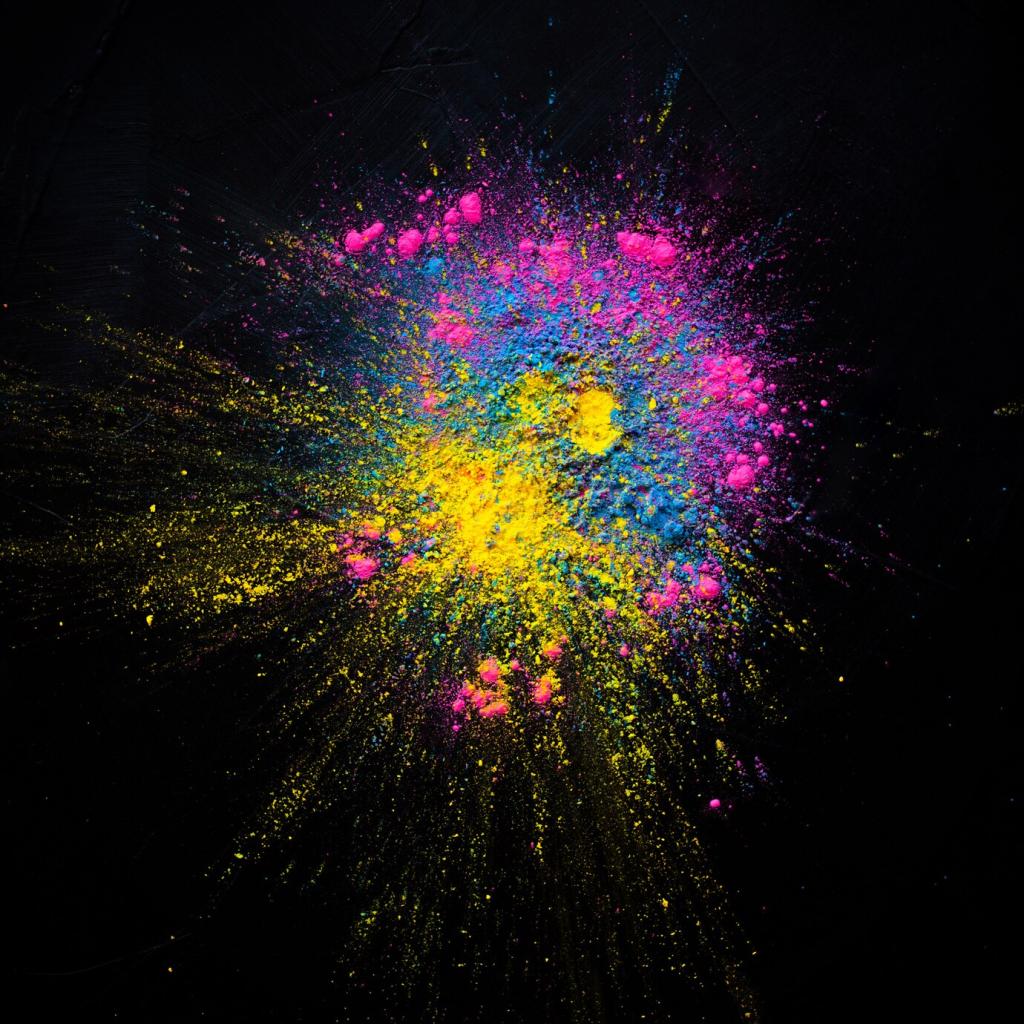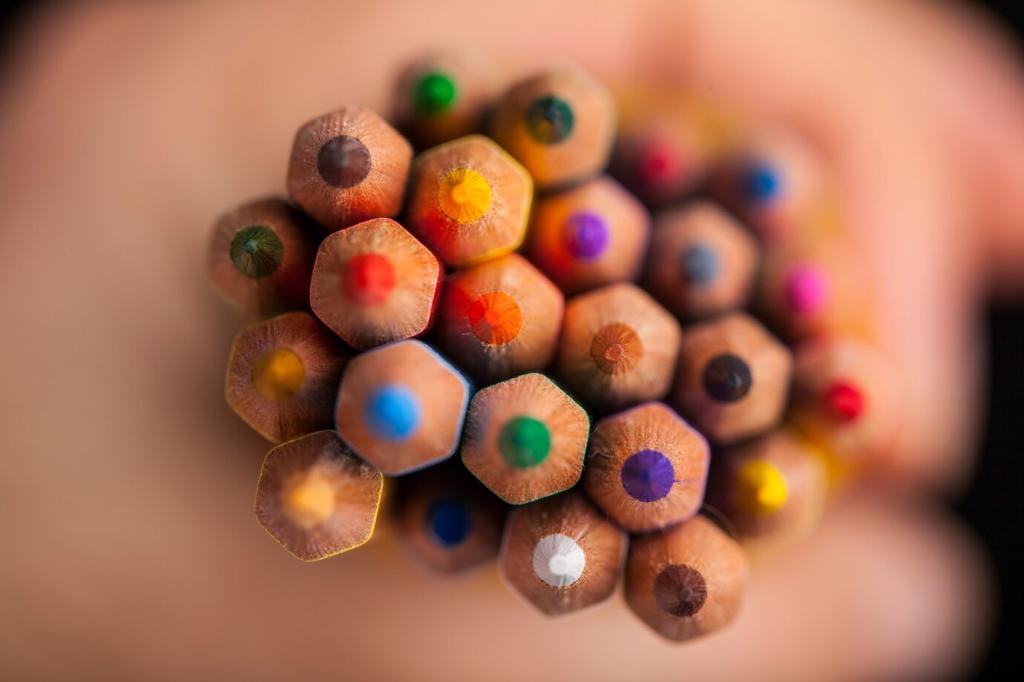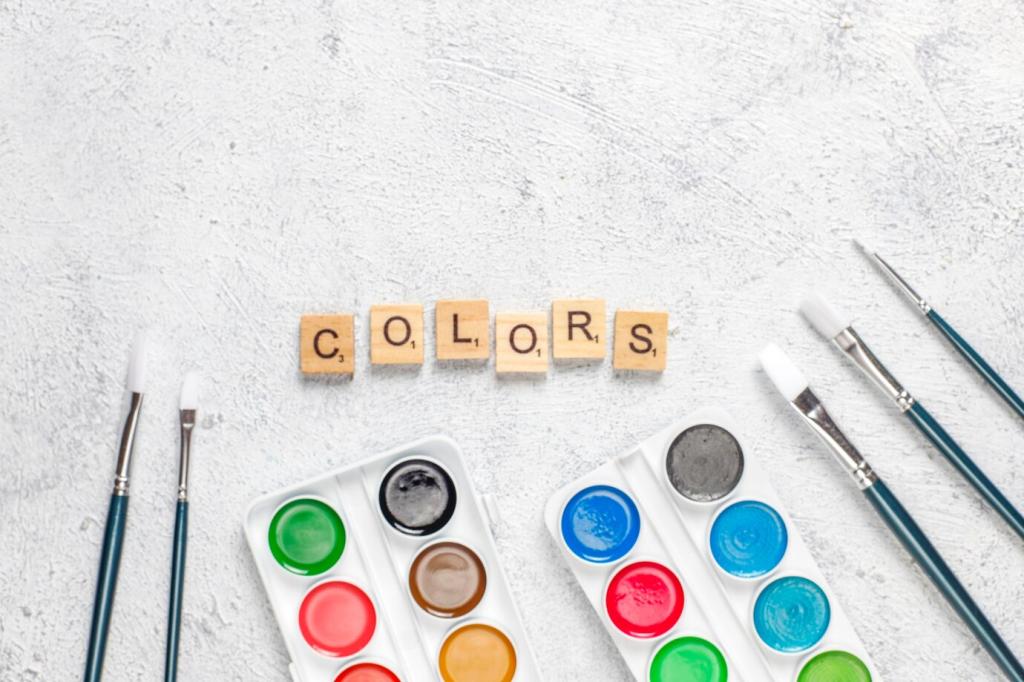Understanding the Emotional Impact of Furniture Colors
Selected theme: Understanding the Emotional Impact of Furniture Colors. Welcome to a warm, design-savvy space where we translate hues into feelings, and feelings into homes you love. Stay with us, respond to prompts, and subscribe for color-smart ideas that meet real life.
Color Psychology 101 for Your Furniture

Reds, oranges, and terracotta create social gravity around sofas and dining chairs, inviting laughter and conversation. They energize late afternoons and make larger rooms feel intimate. Balance intensity with breathable neutrals so enthusiasm never becomes overwhelm. Have warm accents ever sparked better dinner conversations for you?
A cinnamon or rust sofa feels hospitable, while teal accent chairs lend sophistication without stiffness. Add a cream rug for breathing space. If you host often, warm upholstery with cool cushions balances energy. Ask guests which seat they choose first; their answers reveal the mood your colors create.
Room-by-Room Emotional Strategies
Dusty blue headboards, sage nightstands, and oat linens signal safety and rest. Avoid stark white overload by layering ivory, bone, and warm wood. A soft lavender bench can hush late-night spirals. Try a three-night test and journal your sleep quality, then share results for community feedback.
Room-by-Room Emotional Strategies
Light, Texture, and How Color Feels
East-facing rooms brighten cool tones at sunrise, making blue furniture feel crisp and awake. By evening, warm shadows deepen ochres and burgundies. If a sofa looks dull at night, try richer cushions that glow under lamps. Note daily shifts for three days and see which hour truly suits your palette.
Velvet intensifies color and drama, perfect for jewel-toned statement chairs. Linen breathes, slightly muting hues for relaxed elegance. Leather warms over time, gaining soulful patina. Touch changes perception: softer textures soothe, glossy finishes stimulate. Which texture mirrors your emotional goals? Share your favorite fabric-color pairing below.
Combine warm table lamps, neutral overheads, and directional task lights to keep color honest across activities. Dimmer switches ease transitions from focus to rest. A blush lampshade can flatter terracotta; a linen shade calms teal. Build a mood map for your evening routine and tell us what changed.


Stories From Real Homes
Maya swapped a beige sectional for a deep teal sofa. Suddenly, book clubs lasted longer, and her teens started hanging out in the living room again. The color felt mature yet inviting. She credits the teal with creating a shared middle ground: calm for her, expressive for them.
Stories From Real Homes
After a quiet move, Dev added a mustard reading chair by the window. Friends joked it looked like sunshine. Within weeks, he read more, called family more, and hosted game nights. The chair became a visual reminder to reach out, and the color made reaching out feel easy.
Culture, Memory, and Personal Meaning
Red can symbolize luck, love, or warning, depending on context. White may read bridal, sacred, or sterile. When choosing furniture colors, ask whose meanings are present in your home. If you host often, blend signals thoughtfully so guests feel welcome while your story remains centered.

Swatch Ritual: The 72-Hour Test
Gather fabric and paint swatches that match your furniture candidates. Tape them near the piece, observe morning, midday, and night. Journal feelings, not just looks: energized, cozy, unfocused, soothed. If a swatch delivers the desired mood two days out of three, it earns a real audition.
Avoiding Common Pitfalls
Do not paint or upholster everything in a single dominant color. Emotional monotony leads to restlessness. Balance warm and cool, matte and sheen, bright and muted. If a bold sofa scares you, keep it and tame the room with soft neutrals and leafy plants. Share your before-after.
